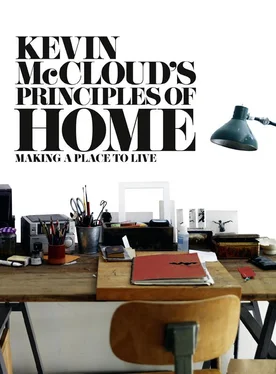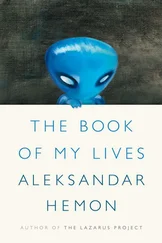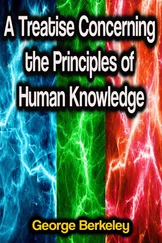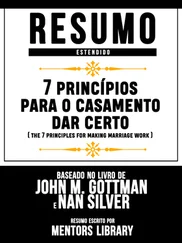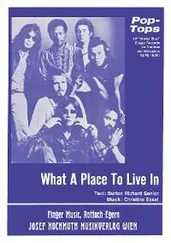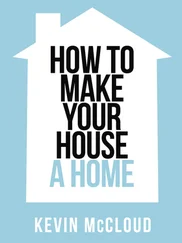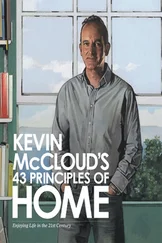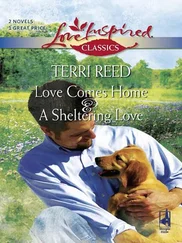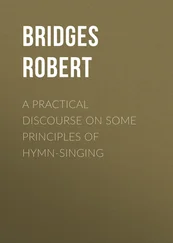That framework is composed of the ecological, environmental and social goals that many organizations and people are now working towards, from the social workers of Dharavi in India to the government of California.
It comprises ten goals, which reach far beyond governments’ focus on carbon dioxide emissions, extend into every part of our lives and are based on an analysis of how we consume the world’s resources. They’re also very easy to understand: put simply, we have only one planet to support us, yet if everyone on the globe consumed as much and as fast as we do in the West, we’d need three planets to support us. Three planets of aluminium, forests, fish and fuel. But we have only one. There is no Planet B.
One Planet Living sets zero carbon as an objective and the great challenge of reducing our consumption of raw materials as another. It identifies waste, transport and food as problems. And it places mankind at the centre of its approach as not just the enemy of the environment but also part of that environment. We are not simply the problem; we ourselves are the victims. It is our species’ happy survival that is at stake. So we also need to be the solution. Through technological advance, science, culture change and inventiveness, human energy might just solve the environmental and population problems we face.
ONE PLANET LIVING OBJECTIVES
One Planet Living takes ten areas of our lives where we can creatively change what we do and where those decisions aren’t necessarily restrictive but offer opportunities for an increase in the quality of our lives. If you’re put off by the idea of change, I can reassure you that change means incorporating affordable, meaningful strategies into your life, strategies like deciding to buy food seasonally, growing your own, cutting down on your travel, retrofitting your home to be more comfortable and better insulated. The kinds of changes that can be made even more easily if you live in a sustainable and ecological development – like those that my company, Hab, is building. This book, among other things, explores those strategies. This book puts human beings at the centre.
1. Zero carbon
Making buildings more energy efficient and delivering all energy with renewable technologies.
2. Zero waste
Reducing waste, reusing where possible, and ultimately sending zero waste to landfill.
3. Sustainable transport
Encouraging low carbon modes of transport to reduce emissions, reducing the need to travel.
4. Sustainable materials
Using sustainable products that have a low embodied energy.
5. Local & sustainable food
Choosing low impact, local, seasonal and organic diets and reducing food waste.
6. Sustainable water
Using water more efficiently in buildings and in the products we buy; tackling local flooding and water course pollution.
7. Natural habitats & wildlife
Protecting and expanding old habitats and creating new space for wildlife.
8. Cultural heritage
Reviving local identity and wisdom; support for, and participation in, the arts.
9. Equity, fair trade & local economy
Inclusive, empowering workplaces with equitable pay; support for local communities and fair trade.
10. Health & happiness
Encouraging active, sociable, meaningful lives to promote good health and well being.
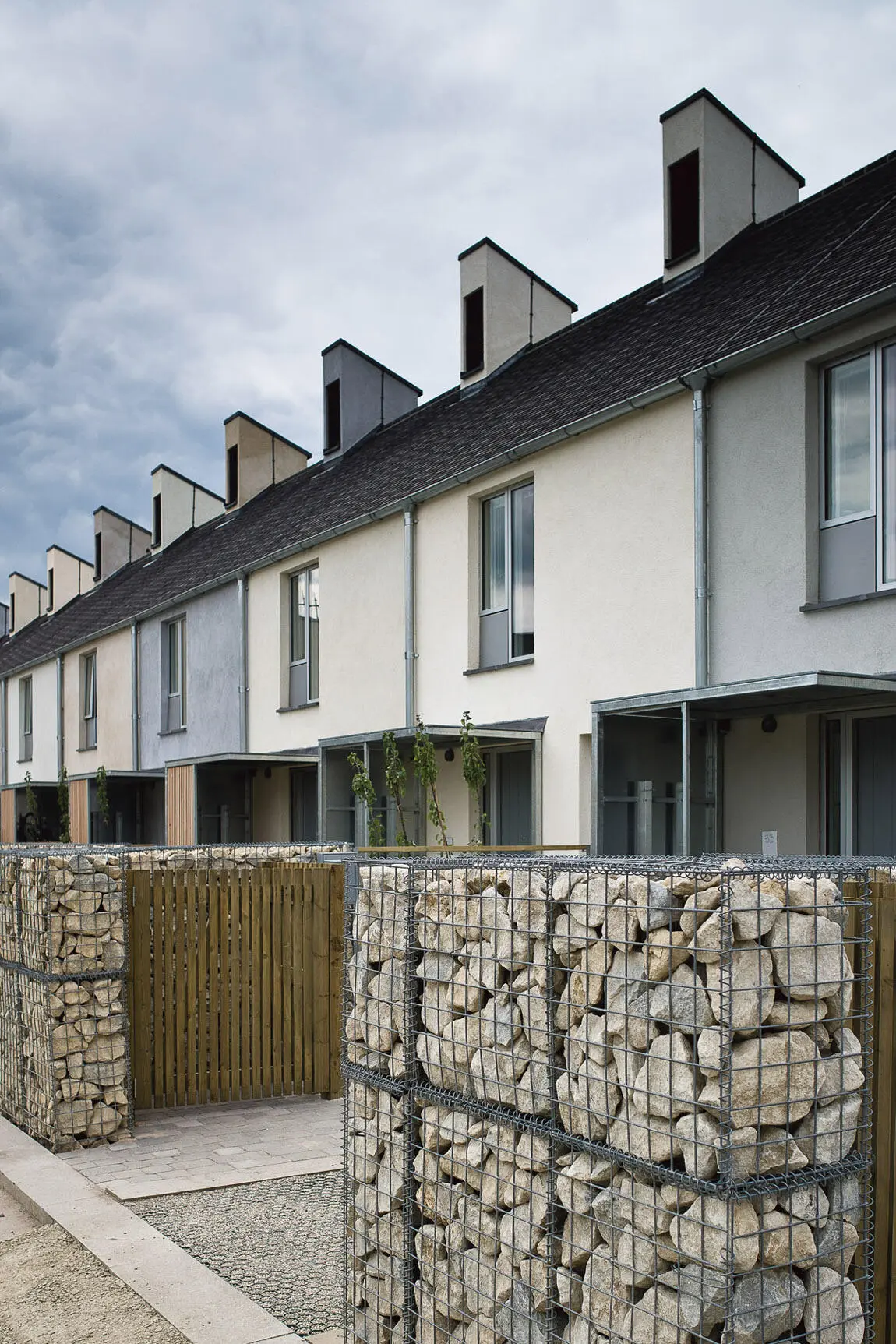
(Paul Miller)
Finished houses at The Triangle, the first Hab Housing project in Swindon
01
Demand that your home consumes the minimum of energy yet keeps you warm and comfortable. Demand a healthy environment with fresh, clean air. Demand that your building does not just save energy but produces it. Demand that your home has a minimal environmental footprint and uses our precious resources wisely and sparingly.
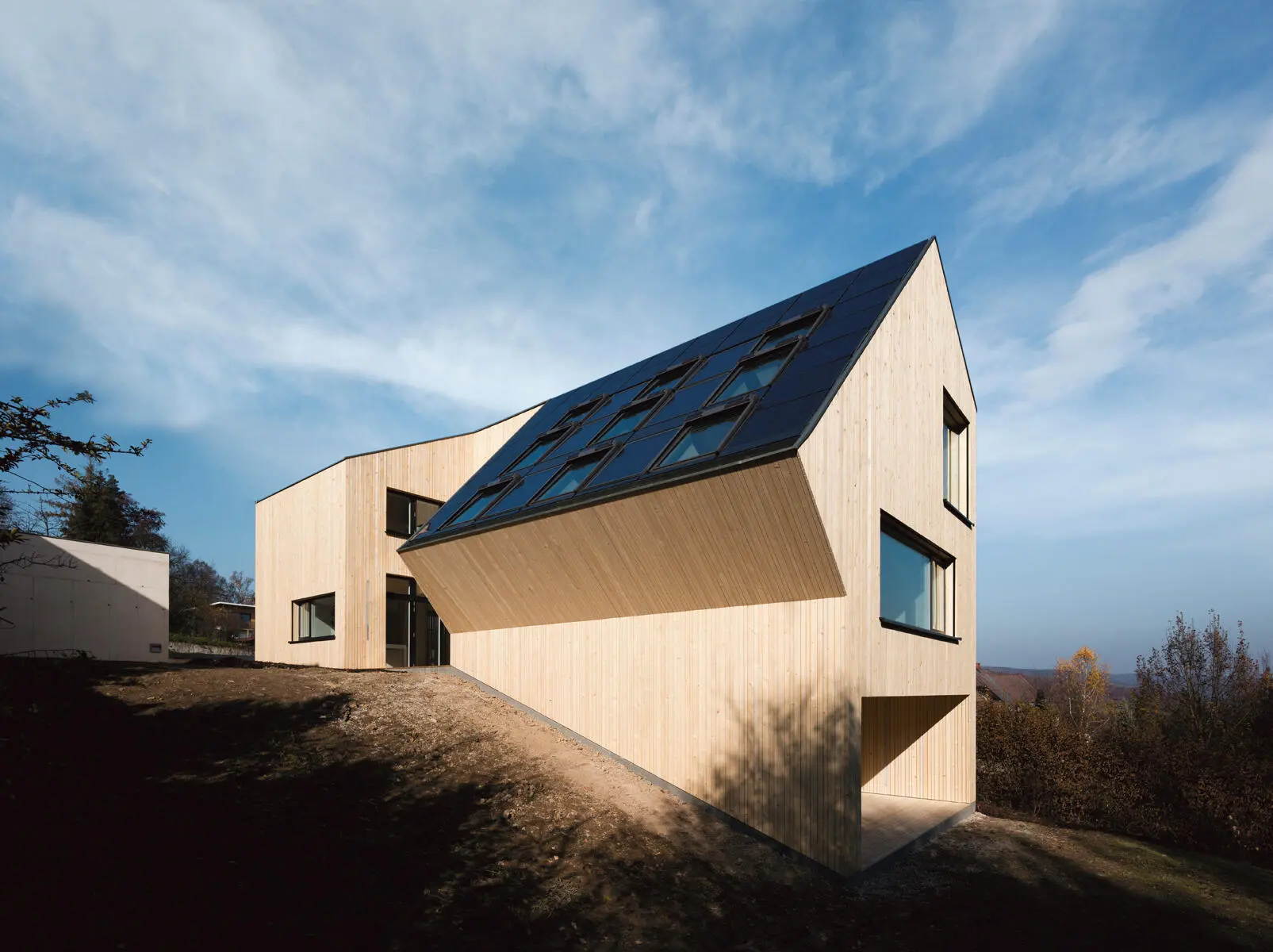
(Adam Mork/architect, Hein-Troy Architekten/Arcaid)
Sunlight House, Pressbaum, near Vienna – the first carbon-neutral one-family house in Austria
I hope my book will help you value the material world in a different, fuller way. I hope that as you read it, you’ll begin to wonder how much energy it took to make it; how much time, effort and care were spent by the dozens of people who were involved with it. And I hope that, as well as awakening your curiosity, it will give you the tools for minimizing our detrimental impact on the environment and on other human beings: the tools of wasting less (or wasting nothing), saving fuel energy, exploiting what we have to hand, respecting craftsmanship, reusing the resources and made things that we already have, and sharing them more.
Threading throughout the entire book are the 43 Principles of Home, memorable ideas which I’ve collected or formulated over the past 30 years, drawing inspiration from the best of Le Corbusier, Vitruvius, William Morris and Homer Simpson.
TEST ONE: WHICH IS THE MOST ENVIRONMENTALLY FRIENDLY HOUSE?
A. A 500-year-old farmhouse, built from local materials – any stones that were just turned up out of the field – and oak trees from the farm in which it sits, with stone floors laid on the earth and thick walls with a high thermal mass. Albeit the place is listed and hasn’t got double glazing.
B. A house built by Ben Law in the forest in Sussex, entirely from the forest in Sussex. Ben cut 10,000 shingles from his own coppiced chestnut trees. The frame is coppiced chestnut and the oak cladding, straw-bale insulation and ash window frames are all from his woods and cut and assembled by him. This place does have double glazing, and it’s off grid, has its own water supply and is heated by Ben’s own wood thinnings from his sustainable forestry business, making charcoal and hurdles.
C. A three-bedroom family home in Scotland. It has super-insulated walls, it’s airtight, it has a state-of-the-art Panelvent timber panel construction sitting on a concrete plinth for high thermal mass, it’s triple-glazed and it comes with a heat recovery system.
So which is greenier than green? Well, it has to be Ben’s, of course. Maybe followed by the Scottish timber box. With the farmhouse a poor third, maybe. Which, it turns out, has no oil-fired range, has 10 inches of loft insulation and is heated with a biomass boiler.
Answer
TEST TWO: WHICH IS THE MOST ECO-FRIENDLY CAR IN THE LIST BELOW?
A. A Toyota Prius
B. A 1937 Alfa Romeo tourer
C. A Ferrari
D. A 37-year-old Bond 875 (my first car)
E. The Innocent Smoothie van
F. An Aston Martin DB9
G. A Range Rover
You might plump for the Prius as the angel of the pack and the Range Rover as the devil. Let me ask you another question: if you had the money, would you commission a small firm of English cabinet-makers to make you a bespoke, crafted piece of furniture? Or buy a cheap copy from the Far East? Well, the more ethical solution has to be the former: it’s a local transaction, it involves much less shipping, it creates relationships between the makers and the owner. The automotive equivalent is buying an Aston Martin over a Toyota Prius.
Читать дальше
